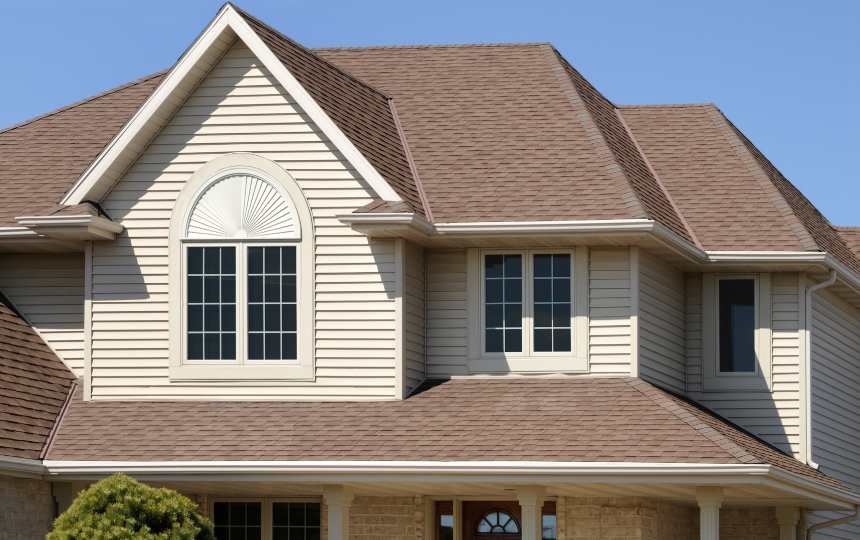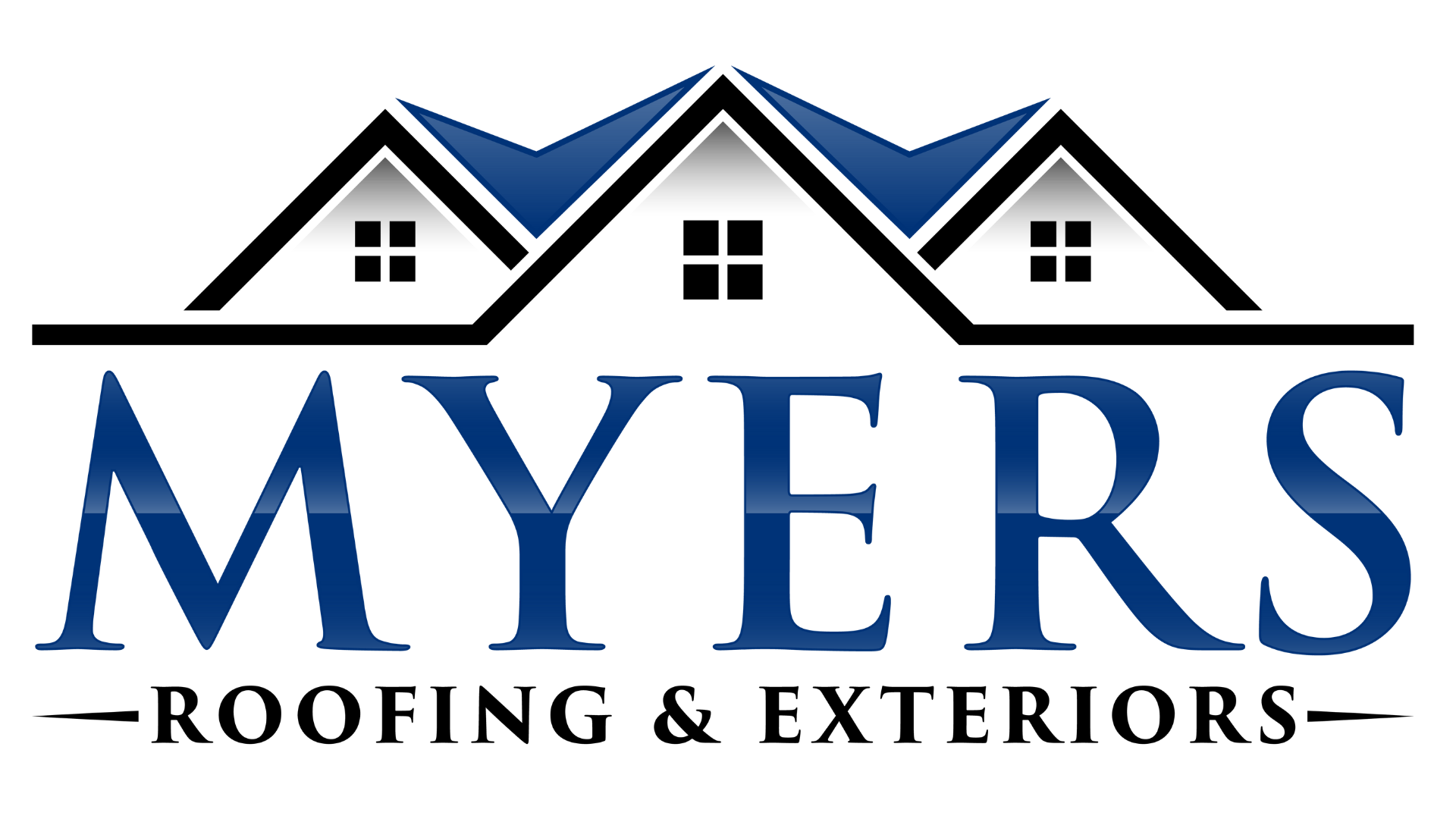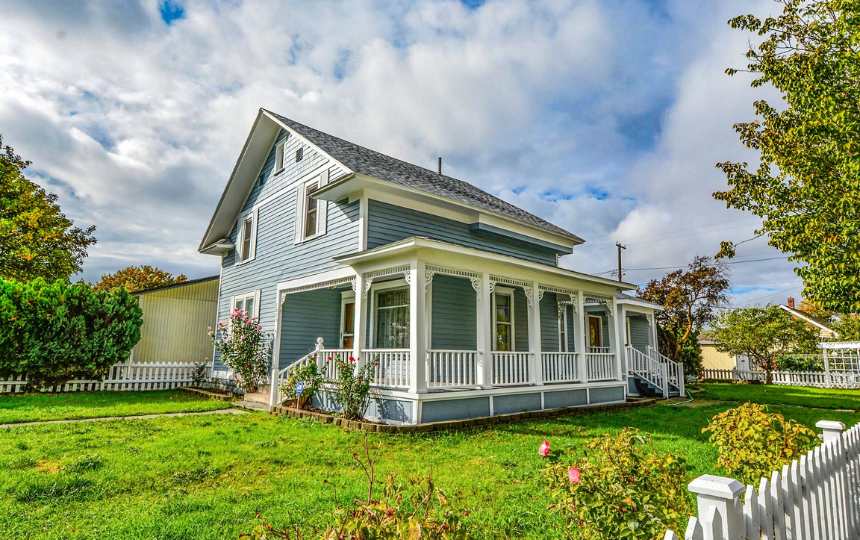When upgrading your home’s exterior, choosing the right siding material is crucial for aesthetics and long-term durability. James Hardie siding, a popular fiber cement product, has garnered attention for its robust performance and attractive design options. But with a higher upfront cost than some alternatives, you may wonder: Is James Hardie siding worth the investment? In this post, we’ll discuss key factors to help you decide.
What Is James Hardie Siding?
James Hardie siding is fiber cement siding known for its durability, resistance to harsh weather, and low maintenance requirements. It is engineered from a blend of cement, sand, and cellulose fibers, designed to mimic the appearance of wood while offering superior performance in various climates.
The Benefits of James Hardie Siding
1. Exceptional Durability
One of the biggest selling points of James Hardie’s siding is its toughness. It’s engineered to withstand extreme weather conditions, including heavy rain, high winds, and intense UV exposure. Its resistance to impact and its ability to resist warping or cracking make it a smart choice for homeowners in regions prone to severe weather.
2. Low Maintenance
Unlike traditional wood siding, James Hardie siding requires minimal upkeep. It doesn’t rot, warp, or succumb to pest infestations, and it generally needs only periodic cleaning and occasional repainting to maintain its look. This can translate into long-term savings on maintenance and repair costs.
3. Versatility in Design
James Hardie siding is available in a wide range of styles, textures, and colors. This versatility allows homeowners to achieve a customized look that complements their home’s architecture. Whether you prefer the classic charm of lap siding or the modern appeal of vertical panels, there’s a James Hardie product to match your vision.
4. Energy Efficiency and Fire Resistance
Fiber cement is non-combustible, adding an extra layer of fire protection to your home—a benefit that can also potentially lower your homeowner’s insurance premiums. Additionally, the material’s durability can improve energy efficiency, as it helps maintain a consistent building envelope even under extreme weather conditions.

Considerations and Potential Drawbacks
Higher Initial Cost
The most notable downside of James Hardie siding is its higher initial price tag. While the long-term benefits often outweigh this cost, the upfront investment can be a barrier for some homeowners. It’s important to consider your budget and weigh the upfront expense against the potential savings in maintenance and repair over time.
Installation Complexity
Proper installation is critical to fully realizing the benefits of James Hardie siding. Incorrect installation can lead to issues such as moisture intrusion or premature wear. Hiring a professional with experience in fiber cement siding is highly recommended, which can add to the overall cost.
Resale Value
While many homeowners report that James Hardie siding enhances curb appeal and increases property value, market preferences can vary. In some regions, the premium associated with fiber cement siding might not fully translate into a higher resale value. Researching local market trends can help you gauge whether the investment aligns with your long-term property goals.
Cost and Long-Term Value
When evaluating whether James Hardie siding is worth the investment, consider the total lifecycle cost:
- Initial Purchase and Installation: Although the upfront cost is higher, the long-term durability can reduce the frequency of repairs and replacements.
- Maintenance Savings: Reduced maintenance needs can lead to lower annual upkeep costs compared to more traditional materials.
- Enhanced Protection: Its ability to withstand extreme weather conditions minimizes the risk of costly damage repairs.
- Aesthetic and Resale Appeal: A visually appealing, well-maintained exterior can boost curb appeal, potentially increasing your home’s market value.
For many homeowners, these factors combine to make James Hardie siding a sound long-term investment—even if the initial expense is steep.
Conclusion
So, is James Hardie’s siding worth the investment? If you’re looking for a durable, low-maintenance, and aesthetically versatile siding option that offers excellent protection against extreme weather, the answer is likely yes. While the upfront cost is higher, the long-term benefits—ranging from reduced maintenance costs to enhanced property value—can make it a smart choice for many homeowners.
Before deciding, consider consulting with a professional installer to assess your specific needs and local market conditions. With the right planning and professional guidance, James Hardie siding can be a valuable investment in your home’s future.
You may also like to take a look at some of these great resources:
Also, here are some resources to help you select a reputable contractor:





